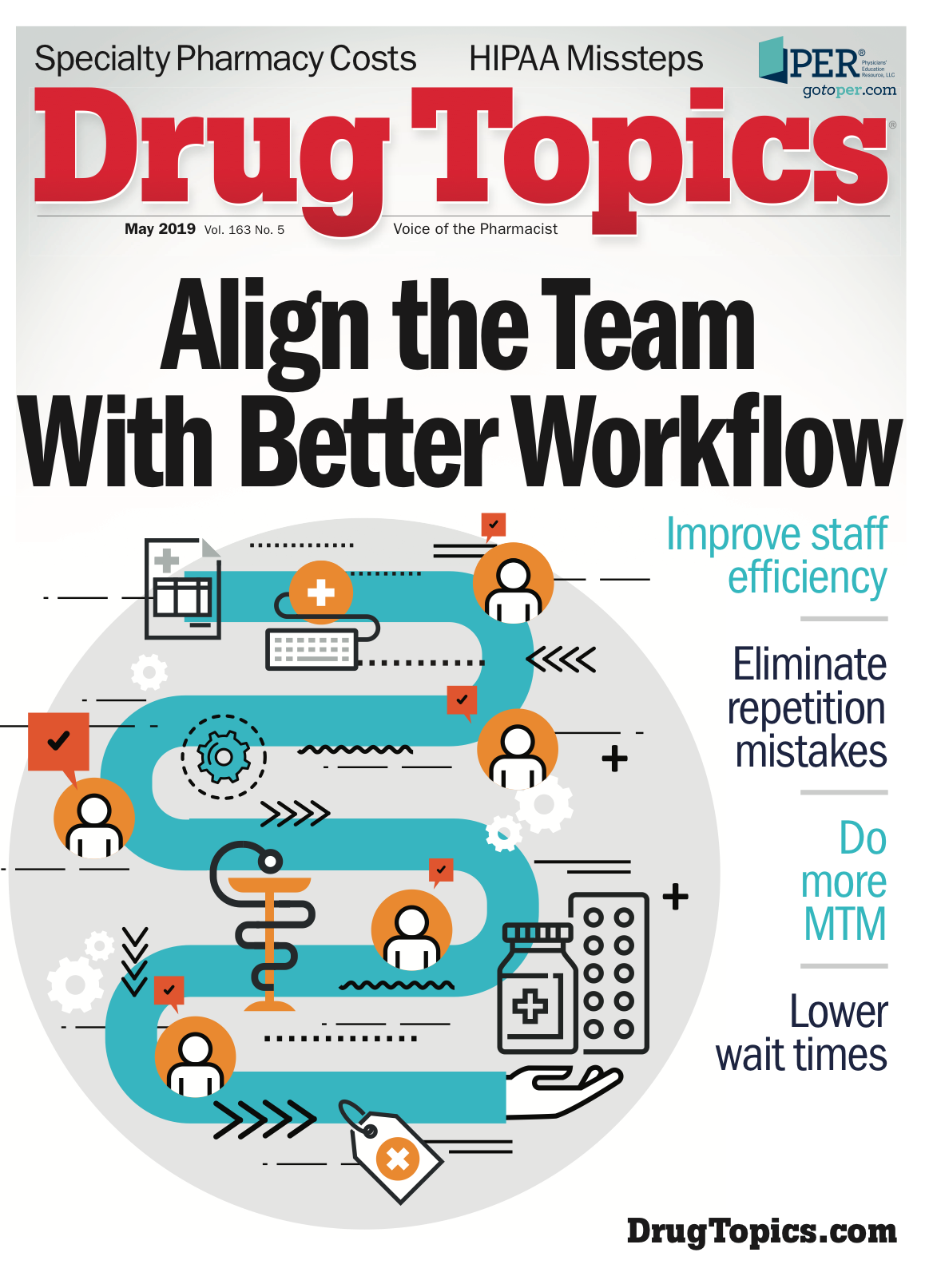How Pharmacist Provider Status Is Crucial in Fighting the Opioid Epidemic
Progressive Ohio law adds pharmacists as a key patient care team member.

On April 5th, 2019, state law SB 265 formally recognized pharmacists as healthcare providers in Ohio, allowing them to practice as part of a patient’s care team and to bill health insurers for their time. This progressive law adds the pharmacist as a key player to a patient care team by improving medication management including opioid misuse, a major health crisis in the United States. SB 265 aims to knock down the barriers that have stood in the way of health plans, hospitals, and healthcare teams from integrating and utilizing the expertise of the pharmacist.
With the passage of the new law, pharmacists will be more present in clinical settings where they can work with patients and manage their medication regimen, and be reimbursed by insurers for their time and services. Pharmacist services that may be coveredinclude drug therapy management and vaccine administration. This long-awaited status comes after years of legislative effort without resolution. Ohio hopes to gain recognition as a trendsetter for national adoption of the law in the years ahead.
SB 265 will be extremely beneficial for patients with chronic conditions who need regular monitoring of their medications, as well as for patients taking multiple medications, to ensure no adverse effects occur. But how can pharmacists under this new legislation help combat the opioid epidemic?
Pharmacists Combat the Opioid Crisis
In a recent study, the CDC found that every 11 minutes someone dies from an opioid overdose in the United States. SB 265 comes at a crucial time where the front line of defense against the opioid crisis are those educated at the highest level about these dangerous drugs-pharmacists. With theheavytoll of opioid drugs crippling the United States, the use of pharmacists in a patient’s care plan may be most important.
Read More: Profiles of Four Travel Health Clinics
A pharmacist is one of a patient’s most qualified team members when it comes to addressing complicated medication-related challenges. When you have a legal problem, you want a lawyer. When you have a drug problem, you wanta pharmacist. They are the professionals who have the most indepth knowledge in evaluating drugs and the effect drugs have on the human body.
Ohio has one of the highest rates of opioid-related overdose deaths. Many cases of opioid-related abuse stem from chronic conditions; patients start taking a dangerousdrug as part of their recovery plan and escalate their use in conjunction. Pharmacists may be the first to suspect opioid abuse and misuse. Because of this, many pharmacists have altered the way they interact with patients who take opioids. Ohio pharmacists can now actively reduce the negativeeffects of substance abuse on communities and improve healthcare outcomes in the state.
Pharmacists are keenly aware of best practices in drug prescribing and of when opioids may not be necessary because another medication could be equally effective without risk of addiction. Switching to nonaddictive medications could theoretically decrease the numbers of opioids dispensed. If pharmacists nationwide continue to gain provider status, laws such as Ohio’s SB 265 will be a criticalcomponent to improving patient care and tackling the opioid crisis one prescription at a time.
What’s Next?
Only time will tell exactly how much pharmacists will influence and assist in combatting the opioid epidemic, but it is likely their contribution will be influential. Adding pharmacists as a critical part of a patient care team will be essential in not only preventing opioid abuse from starting, but in identifying ways to help those suffering from addiction.
